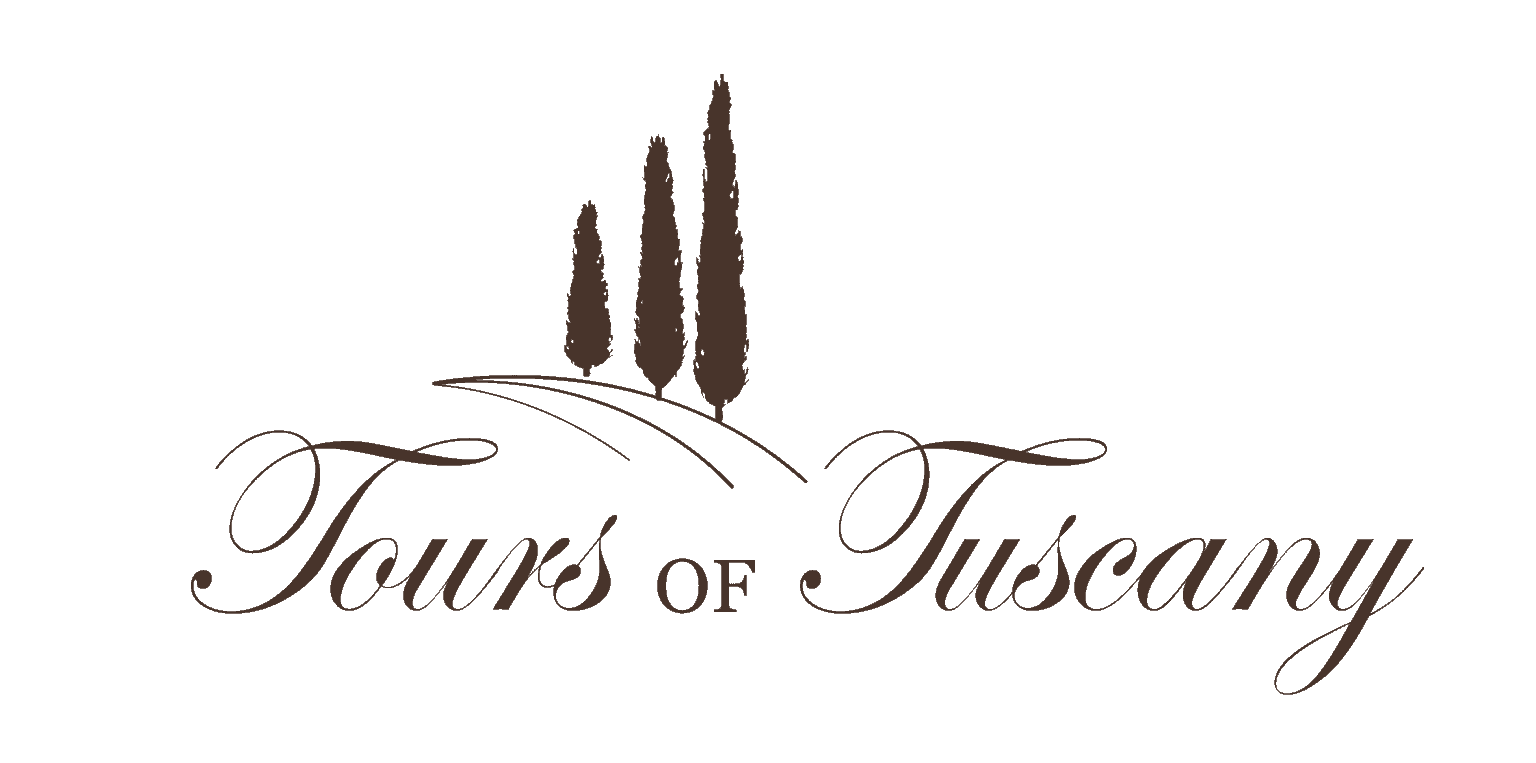
The regional variation of foods is emblematic of Italy’s rich national tapestry and defined by simplicity.
Origins
Tuscany has fostered many dishes which have defined Italian cuisine. In 1891, Pellegrino Artusi, the son of a wealthy merchant published the cookbook ‘La Scienza in Cucina e l’arte di Mangiare bene’ (The Science of Cooking and the Art of Eating Well). This book is regarded to have shaped the canon of contemporary Italian cuisine. Artusi wrote the book while residing in Tuscany, finding inspiration from the region’s diverse range of game, fruits and vegetables.
Many dishes enjoyed regularly in modern Tuscany are inspired by medieval times. Peasants and frugal farmers relied on resourcefulness and a ‘waste not want not’ mantra to survive. Tuscan dishes are typically menial, though comprising the finest quality ingredients, notably legumes, bread, cheese, vegetables, mushrooms and fruit.
Traditional Dishes
The resourcefulness of Tuscan cuisine has led to the creation of dishes such as Ribollita, translating literally to re-boiled, this is leftover minestrone soup re-boiled and thickened up with stale bread. Similarly, Pappa al Pomodoro is a simple soup made of tomato, garlic, basil, olive oil and stale bread. Typically it was produced because of the regional availability of ingredients, its simplicity and ensuing delicious flavour. Accompanying such dishes is a regional white, plain and unsalted bread; the origins of the bread are from an exuberant tax placed on salt in 16th Century Tuscany. Despite humble beginnings these dishes can still be found in modern fine dining restaurants.
The Tuscan region is also known for its rich game, including wild boar, hare, fallow deer, roe deer and pheasant. These meats are generally used to make sauce accompanying Pappardelle (large, flat pasta). They can also be stewed, cinghiale in umido (stewed wild boar) and roasted faraona arrosto (roasted guinea fowl). The renowned Florentine steak is a cattle which grazes in the Tuscan Chiana Valley and the Maremmana. The Florentine steak is typically a T-bone marinated modestly with salt and pepper, grilled over a charcoal or wood fire and served rare; its enormous size is meant for sharing.
The Tuscan region has also produced a number of deserts which have remained and spread globally. Panforte is a cake that dates back to 13th century Siena, and was traditionally paid to the local monks and nuns as a tax. The 11th century Crusaders also carried panforte. Its heartiness was the perfect warfare snack. The word Panforte literally means ‘strong bread’, garnering the name from its dense texture, spicy flavour and mix of dried fruits and nuts.





